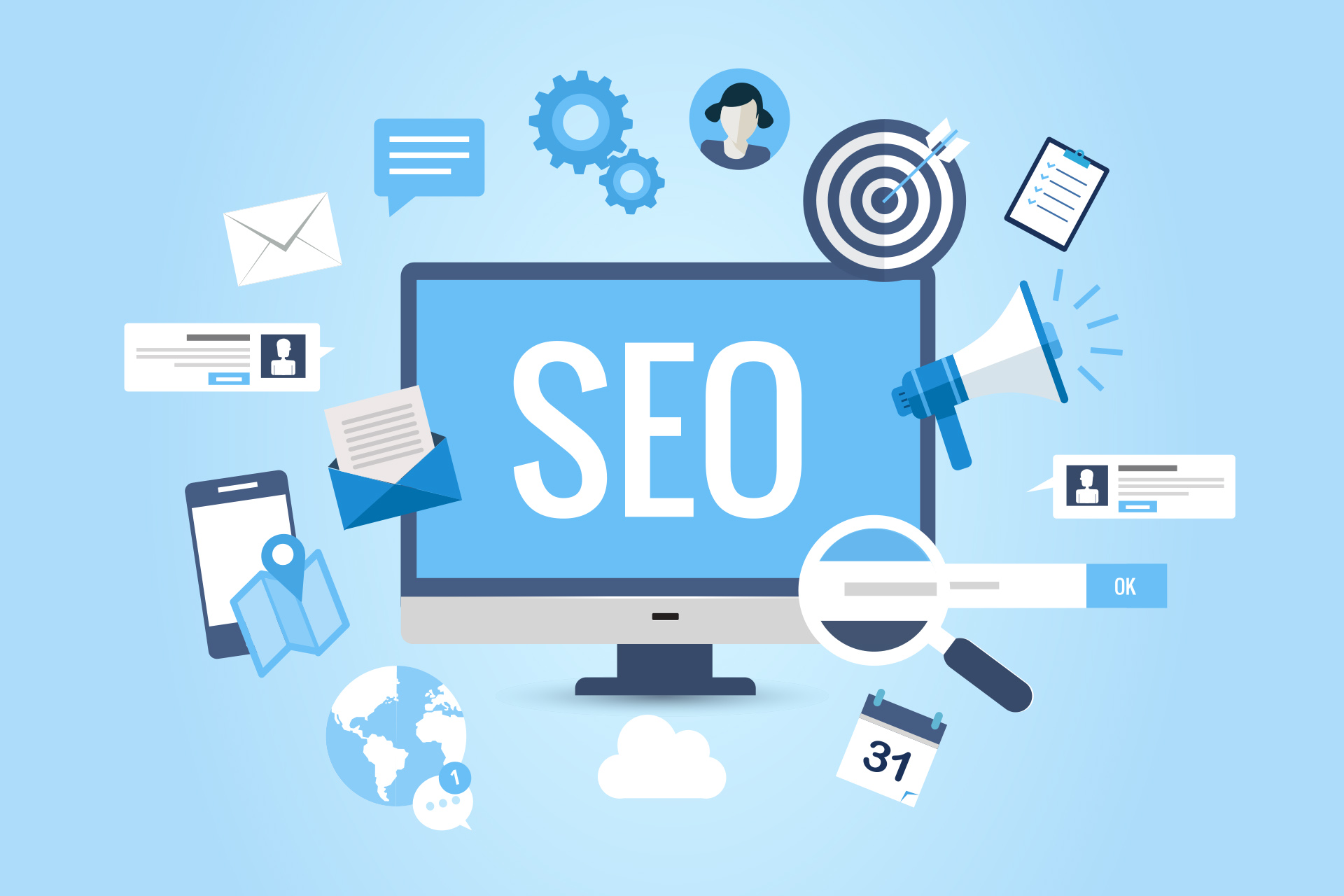In the digital age, brand awareness is crucial for business success. SEO (Search Engine Optimization) can significantly enhance brand awareness by improving your website’s visibility and ranking in search engine results. Here’s a comprehensive guide on how to use SEO to boost brand awareness effectively.
Understanding the Importance of Brand Awareness
Brand awareness refers to how familiar consumers are with your brand and its products or Professional SEO Services. High brand awareness can lead to increased customer trust, loyalty, and ultimately, higher sales. SEO plays a vital role in enhancing brand awareness by ensuring that your brand appears prominently in search engine results, making it easier for potential customers to find and recognize your brand.
1. Conduct Thorough Keyword Research
Keyword research is the foundation of any successful SEO strategy. Identifying the right keywords can help you target the terms and phrases that potential customers use when searching for products or services similar to yours.
Tips for Effective Keyword Research:
- Use Keyword Tools: Tools like Google Keyword Planner, SEMrush, and Ahrefs can help you find relevant keywords with high search volumes and low competition.
- Focus on Long-Tail Keywords: Long-tail keywords are more specific and less competitive, making it easier to rank for them.
- Analyze Competitors: Study your competitors’ keywords to identify opportunities and gaps in your own strategy.
2. Optimize On-Page SEO
On-page SEO involves optimizing individual web pages to rank higher and earn more relevant traffic. Proper on-page optimization can enhance your website’s visibility and user experience.
Key On-Page SEO Elements:
- Title Tags: Use clear, concise, and keyword-rich titles for each page.
- Meta Descriptions: Write compelling meta descriptions that include your target keywords and encourage clicks.
- Header Tags: Use H1, H2, and H3 tags to structure your content and include relevant keywords.
- Keyword Placement: Naturally incorporate keywords throughout your content, including in the first paragraph, subheadings, and body text.
- Internal Linking: Link to other relevant pages on your site to improve navigation and user experience.
3. Create High-Quality Content
Content is king when it comes to SEO and brand awareness. High-quality, informative, and engaging content can attract and retain visitors, encouraging them to share your content and increasing your brand’s visibility.
Content Creation Tips:
- Provide Value: Focus on creating content that solves problems, answers questions, and provides value to your audience.
- Use Various Formats: Diversify your content by including blog posts, infographics, videos, podcasts, and case studies.
- Update Regularly: Keep your content fresh and relevant by regularly updating and adding new information.
4. Leverage Social Media
Social media platforms are powerful tools for enhancing brand awareness. By sharing your content and engaging with your audience on social media, you can drive traffic to your website and improve your SEO efforts.
Social Media Strategies:
- Share Content: Regularly share your blog posts, videos, and other content on social media platforms.
- Engage with Followers: Respond to comments, messages, and mentions to build relationships and trust with your audience.
- Use Hashtags: Include relevant hashtags to increase the visibility of your posts and reach a wider audience.
5. Build High-Quality Backlinks
Backlinks, or inbound links from other websites, are a crucial ranking factor for search engines. High-quality backlinks can improve your site’s authority and visibility, enhancing brand awareness.
Strategies for Building Backlinks:
- Guest Blogging: Write guest posts for reputable websites in your industry and include links to your site.
- Influencer Outreach: Collaborate with influencers and industry experts who can link to your content.
- Create Shareable Content: Produce high-quality content that others will want to link to and share.
6. Optimize for Local SEO
Local SEO is essential for businesses that operate in specific geographic areas. Optimizing for local SEO can help you attract local customers and enhance brand awareness within your community.
Local SEO Tips:
- Google My Business: Claim and optimize your Google My Business listing, including accurate contact information, business hours, and high-quality photos.
- Local Keywords: Use local keywords in your content, title tags, and meta descriptions.
- Local Citations: Ensure your business is listed in local directories and review sites.
7. Monitor and Analyze Performance
Regularly monitoring and analyzing your SEO performance can help you identify what’s working and what needs improvement. Use analytics tools to track your progress and adjust your strategy accordingly.
Tools for Monitoring SEO Performance:
- Google Analytics: Track website traffic, user behavior, and conversion rates.
- Google Search Console: Monitor your site’s presence in Google search results and identify issues.
- SEO Tools: Use tools like SEMrush, Ahrefs, and Moz to analyze your keyword rankings, backlinks, and overall SEO performance.
8. Improve Website Speed and Mobile-Friendliness
Website speed and mobile-friendliness are crucial factors for both user experience and SEO. Ensuring your site loads quickly and is mobile-friendly can improve your search engine rankings and enhance brand awareness.
Tips for Improving Website Speed:
- Optimize Images: Compress and resize images to reduce load times.
- Use a Content Delivery Network (CDN): A CDN can speed up content delivery by distributing it across multiple servers.
- Minimize HTTP Requests: Reduce the number of HTTP requests by combining files and using CSS sprites.
Mobile-Friendliness Tips:
- Responsive Design: Use a responsive design that adapts to different screen sizes.
- Mobile-Friendly Test: Use Google’s Mobile-Friendly Test tool to check your site’s mobile compatibility.
- Simplify Navigation: Ensure your mobile site has simple and intuitive navigation.
9. Utilize Schema Markup
Schema markup is a type of structured data that helps search engines understand the content on your website. Implementing schema markup can enhance your search results with rich snippets, increasing your site’s visibility and click-through rates.
Types of Schema Markup:
- Organization Schema: Provides details about your business, such as name, logo, and contact information.
- Product Schema: Includes information about products, such as price, availability, and reviews.
- Article Schema: Enhances blog posts and articles with additional information like author, publication date, and keywords.
10. Encourage User Reviews
User reviews can significantly impact your brand’s online reputation and SEO. Positive reviews can enhance your brand’s credibility and attract more customers.
Strategies for Encouraging Reviews:
- Ask for Reviews: Request reviews from satisfied customers through email, social media, or in-person.
- Make It Easy: Provide clear instructions and links for leaving reviews on platforms like Google, Yelp, and Facebook.
- Respond to Reviews: Engage with reviewers by thanking them for positive feedback and addressing any negative reviews constructively.
Conclusion
SEO is a powerful tool for enhancing brand awareness. By conducting thorough keyword research, optimizing on-page SEO, creating high-quality content, leveraging social media, building backlinks, and focusing on local SEO, you can improve your website’s visibility and attract more potential customers. Regularly monitoring your performance and making necessary adjustments will ensure ongoing success in your SEO efforts. Embrace these strategies to boost your brand awareness and achieve long-term growth.



